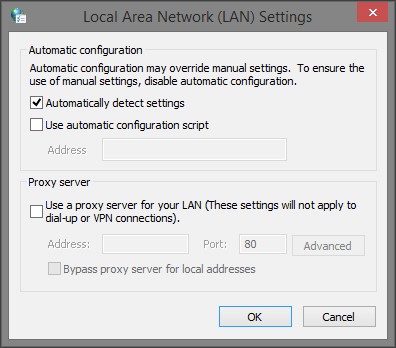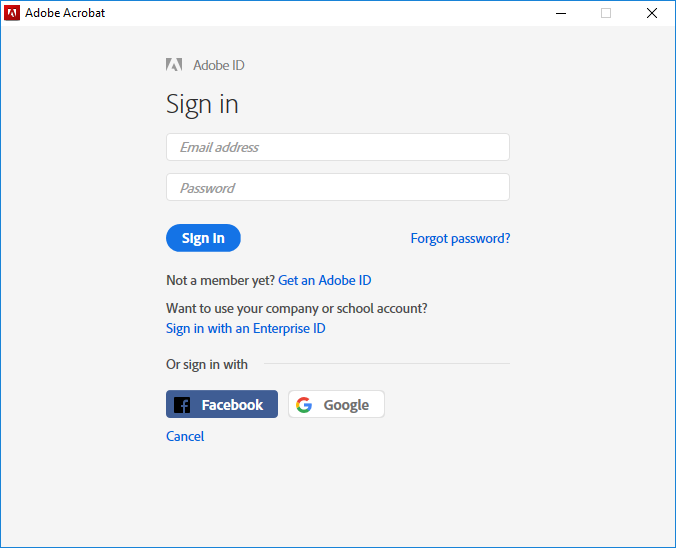Adobe Sign In Loop
Guys if you like this video pls like, subscribe and share. All of us are facing this acrobat dc sign error when we crack that software. Hope this video will. Sign in loop - Acrobat repeatedly prompts for sign-in Ensure that the system date of your device is correct, and the Adobe ID used for sign-in has a valid Acrobat DC subscription. For more solutions, see Application prompts repeatedly for Adobe Sign-in. Unable to sign in to Acrobat, it keeps on waiting forever with a blank screen.
- Adobe Acrobat Sign In Loop
- Adobe Sign In Issue
- Adobe Sign In Required Loop
- Adobe Sign In Loop
- Adobe Cloud Sign In Loop
- Adobe Acrobat Sign In Loop
Looping statements allow you to perform a specific block of code repeatedly using a series of values or variables. Adobe recommends that you always enclose the block of code in curly brackets ({}). Although you can omit the curly brackets if the block of code contains only one statement, this practice is not recommended for the same reason that it is not recommended for conditionals: it increases the likelihood that statements added later are inadvertently excluded from the block of code. If you later add a statement that you want to include in the block of code, but forget to add the necessary curly brackets, the statement are not executed as part of the loop.
for
The for loop allows you to iterate through a variable for a specific range of values. You must supply three expressions in a for statement: a variable that is set to an initial value, a conditional statement that determines when the looping ends, and an expression that changes the value of the variable with each loop. For example, the following code loops five times. The value of the variable i starts at 0 and ends at 4, and the output is the numbers 0 through 4, each on its own line.
for..in
The for..in loop iterates through the properties of an object, or the elements of an array. For example, you can use a for..in loop to iterate through the properties of a generic object (object properties are not kept in any particular order, so properties may appear in a seemingly random order):
You can also iterate through the elements of an array:

What you cannot do is iterate through the properties of an object if it is an instance of a sealed class (including built-in classes and user-defined classes). You can only iterate through the properties of a dynamic class. Even with instances of dynamic classes, you can only iterate through properties that are added dynamically.
for each..in
Adobe Acrobat Sign In Loop
The for each..in loop iterates through the items of a collection, which can be tags in an XML or XMLList object, the values held by object properties, or the elements of an array. For example, as the following excerpt shows, you can use a for each..in loop to iterate through the properties of a generic object, but unlike the for..in loop, the iterator variable in a for each..in loop contains the value held by the property instead of the name of the property:
Adobe Sign In Issue
You can iterate through an XML or XMLList object, as the following example shows:
You can also iterate through the elements of an array, as this example shows:
Adobe Sign In Required Loop
You cannot iterate through the properties of an object if the object is an instance of a sealed class. Even for instances of dynamic classes, you cannot iterate through any fixed properties, which are properties defined as part of the class definition.
while
The while loop is like an if statement that repeats as long as the condition is true. For example, the following code produces the same output as the for loop example:
Adobe Sign In Loop
One disadvantage of using a while loop instead of a for loop is that infinite loops are easier to write with while loops. The for loop example code does not compile if you omit the expression that increments the counter variable, but the while loop example does compile if you omit that step. Without the expression that increments i, the loop becomes an infinite loop.
Adobe Cloud Sign In Loop

Adobe Acrobat Sign In Loop
do..while
The do..while loop is a while loop that guarantees that the code block is executed at least once, because the condition is checked after the code block is executed. The following code shows a simple example of a do..while loop that generates output even though the condition is not met: